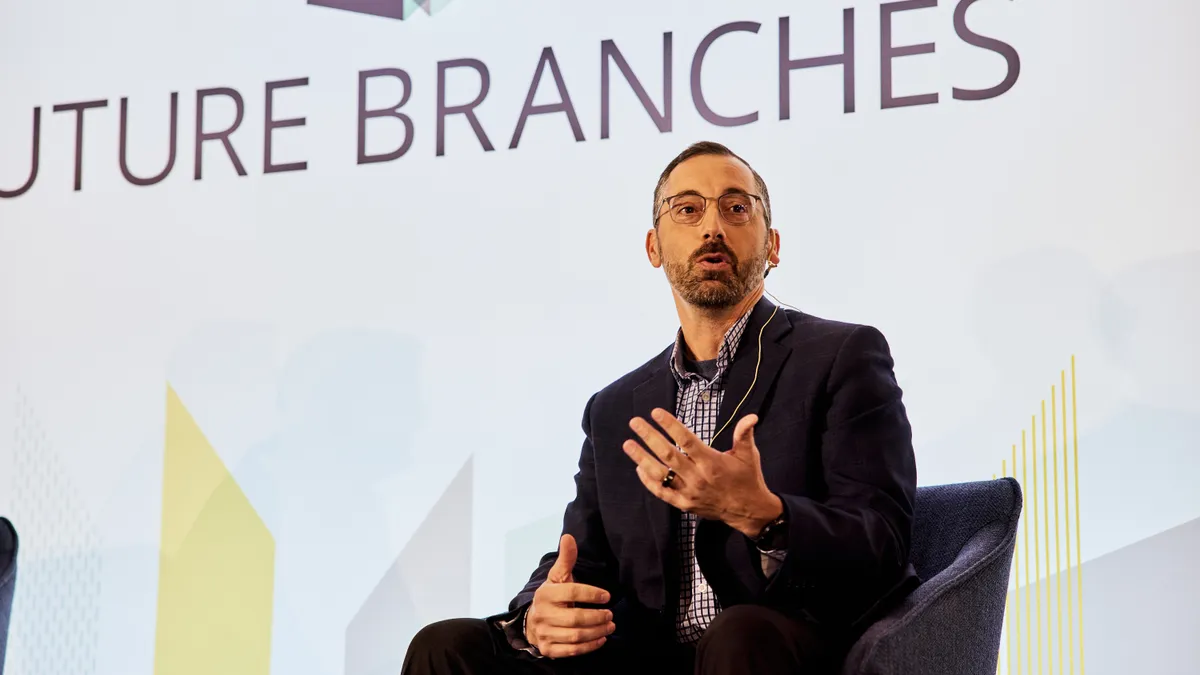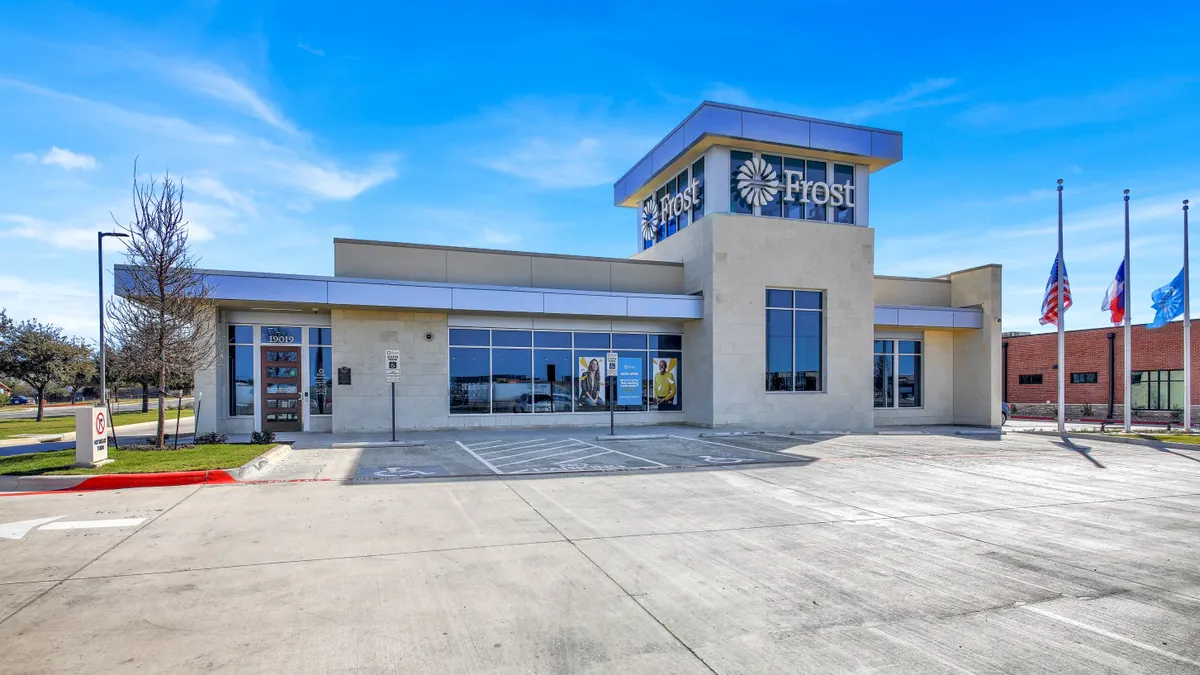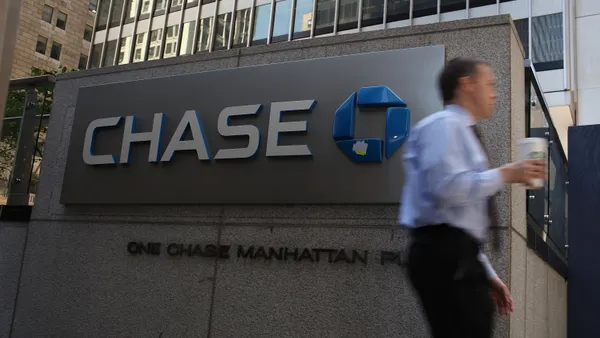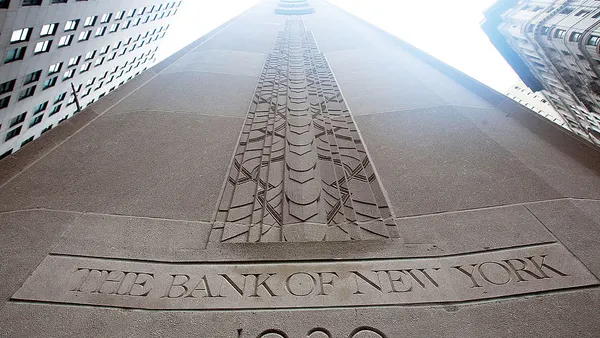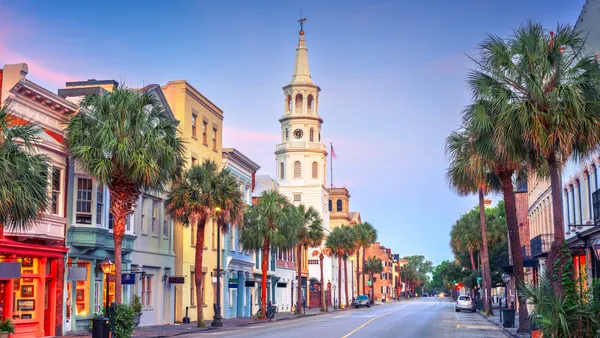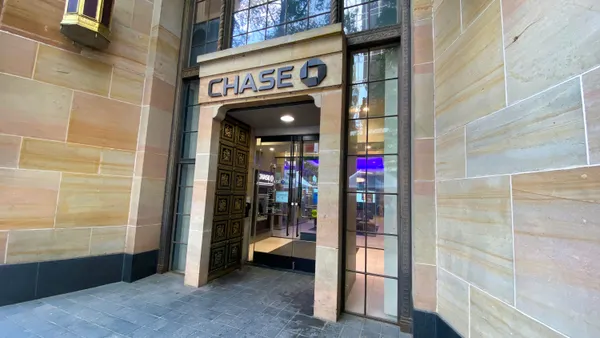Midwest super-regional Fifth Third Bank announced last month it would be “doubling down” on the Southeast, to the tune of around 200 new branches in the next four years.
The guiding light of its expansion? A patent-pending geospatial heat mapping tool that has a more than 80% success rate in identifying the right location for the next branch before real estate brokers and bank executives even get their boots on the ground, according to James Anthos, the bank’s director of distribution strategy and retail analytics.
The heat model, which follows the use of the bank’s proprietary metropolitan statistical area-identifying Market Strength Index, uses data to identify an MSA’s hot spots. The heat map creates a grid of the whole country, broken up into 1/8-mile hexagons, and overlays data such as existing retailers, the presence of competitors, local income, and available cell phone data to identify where potential customers are spending time.
“We've got thousands of data points, and we crunch trillions of calculations to come up with these geographic codings that tell us where we should be focusing on to build a branch. That creates what's called focus areas, and those focus areas are where we send our brokers,” Anthos told Banking Dive.
Anthos’ team follows the brokers, and with the symbiosis of tech and brainpower, locking down new site locations happens quick. Within six months of deciding to enter one market, Fifth Third had more than 75% of its targeted sites under contract, and the rest were under initial negotiation, Anthos said.
“You want to be where people are naturally going. If a customer goes to Kroger or Harris Teeter every day, you want to be next to the Kroger or Harris Teeter. You don't want to be next to a site where they only go once a month,” he said.
As population has soared in states like Florida and South Carolina in recent years, banks have been vying for market share in the Southeast.
PNC said last month it would be digging deeper in the region, and Bank of America said last summer it was eyeing nine new markets, with three — Louisville, Kentucky; Birmingham, Alabama; and Huntsville, Alabama — in the Southeast. Indiana-based First Financial, too, deepened its presence in the market through an acquisition announced in November 2023.
In January, Fifth Third CEO Tim Spence set the bank apart from those with new eyes on the Southeast, because it entered the region more than a decade ago.
“I know a lot of people are investing in the Southeast, but it bears reminding that we’ve been in nearly every one of the markets down there for more than 15 years, and we’re not running small [loan-production offices],” he said at the time. “We have more than 200 client-facing people in those markets across commercial banking and wealth management alone, and then, like, another 1,700 that sit in more than 300 branches. And the brand is seeded in those markets.”
As Fifth Third enters new markets, it holds the goal of 8% location share, meaning if there are 100 bank branches in a given city, eight of them are Fifth Third’s, Anthos said. As new markets open up in Columbia and Charleston, South Carolina, and Huntsville and Birmingham, Alabama, opening goals aren’t one-and-done, he said.
“Pretty much what you'll see is us continuing to fill that in. Fifth Third is about density,” he said. “In those new markets, [we’ll] continue to add until we reach that density.”
By the end of 2028, the bank expects to rank No. 5 in locational share for banks throughout the Southeast, Chief Operating Officer Jamie Leonard said at the BancAnalysts Association of Boston Conference in November.
“When you bring it all together, the 200-plus new de novos, the seasoning of the current network and increasing density driving share gains, the resulting growth in deposits from the future investments in our branch network will reach $15 billion to $20 billion of additional deposits over the next seven years,” Leonard said.



